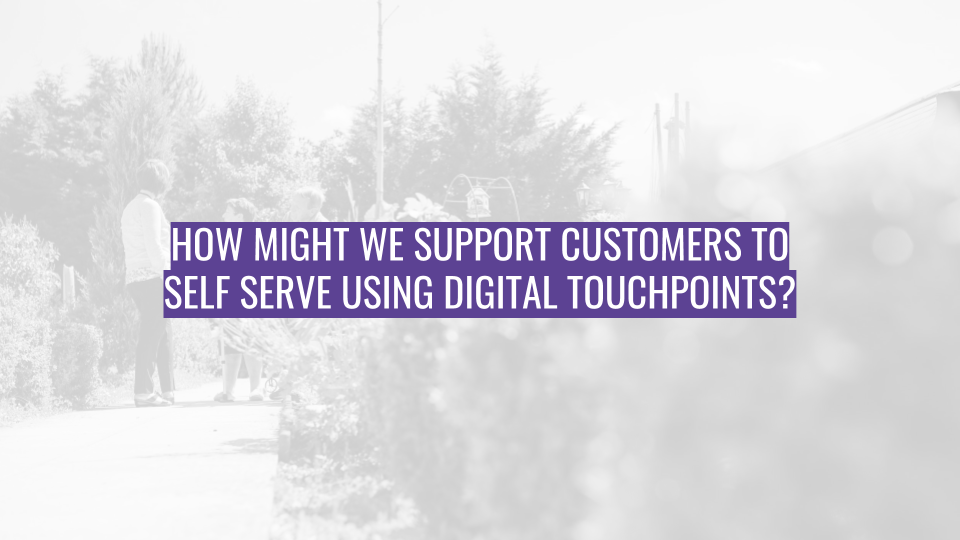Introduction
This was the fourth of our discovery sessions around the 10 ‘how might we’ questions that make up our current exploration pipeline.
Working out loud is one of our Lab guiding principles and we are really keen to share both our colleagues work and their ideas. We are sharing the high-level themes which emerge from each session, rather than waiting for them to be worked up into something more substantial. Following the sessions, the next steps will be for Innovation and Insight is to work up some solid test plans based on what we learned and we will, of course, be sharing more about those in due course.
Workshop Summary
The output from previous service design work formed the starting point.
Early work had determined with colleagues that all transactions (a transaction being defined as anything leading to a prescribed outcome) will be automated regardless of complexity. We will become paperless and communicate electronically except identified exceptions where the law states otherwise. Even then we will balance risk and challenge practice.
Importantly - The services that we design have to add value to our customers and make things easier for them. It is our default that outbound contact be delivered through series of alerts and apps rather than emails, but automation should not mean depersonalisation. We want to keep our services as locally focused as possible - delivering services that focus on personal strengths and community connections.
Localities will play a key role in supporting customers to self-serve. The objective is to deliver a coaching approach that encourages customers to do more for themselves and each other.
During the workshop, some key fundamental principles emerged and colleagues were keen for us to test ways to bring each principle to life:
In all, colleagues came up with nine high-level ideas which we boiled down into three main areas to focus on:
1. NEW TECHNOLOGY (HARDWARE & SOFTWARE):
We want to help people self-serve so this might mean that we need to provide them with the hardware (like tablets or Amazon Echos etc) or software (like apps or chatbots etc). But do we know enough about the internet connectivity of our customers? How does internet speed/connectivity vary across our localities?
2. COACHING BEHAVIOUR CHANGE:
How can we use coaching approaches to help customers change their behaviour and ease the transition to interacting with us digitally?
3. SWITCHING OFF ANALOGUE:
Is it better to take the ‘rip it off quickly’ band-aid approach and simply switch off non-digital methods of contacting us? Should we work with issues if and when they arise, rather than trying to predict and mitigate against them all in advance?
Some of the 'wild ideas' included:
- What if we designed our own Bromford chatbot (or B-Bot) and called her Evelyn?
- What if we made it harder for customers to contact us via traditional methods?
- What if we made it so that all new customers had to transact with us digitally?
We will be working with colleagues in the coming weeks to look at developing some tests. A key priority will be around learning more about the quality of internet coverage across our localities and also to understand more about how customers feel about chatbots and live chat as alternatives to telephone calls.
We would be really interested to hear from any Bromford Neighbourhood Coaches who are working in areas that don’t have good internet coverage or are working with particularly isolated customers. We are looking for a range of people who can help us with some tests connected to this area of work.
Watch this space.
---



